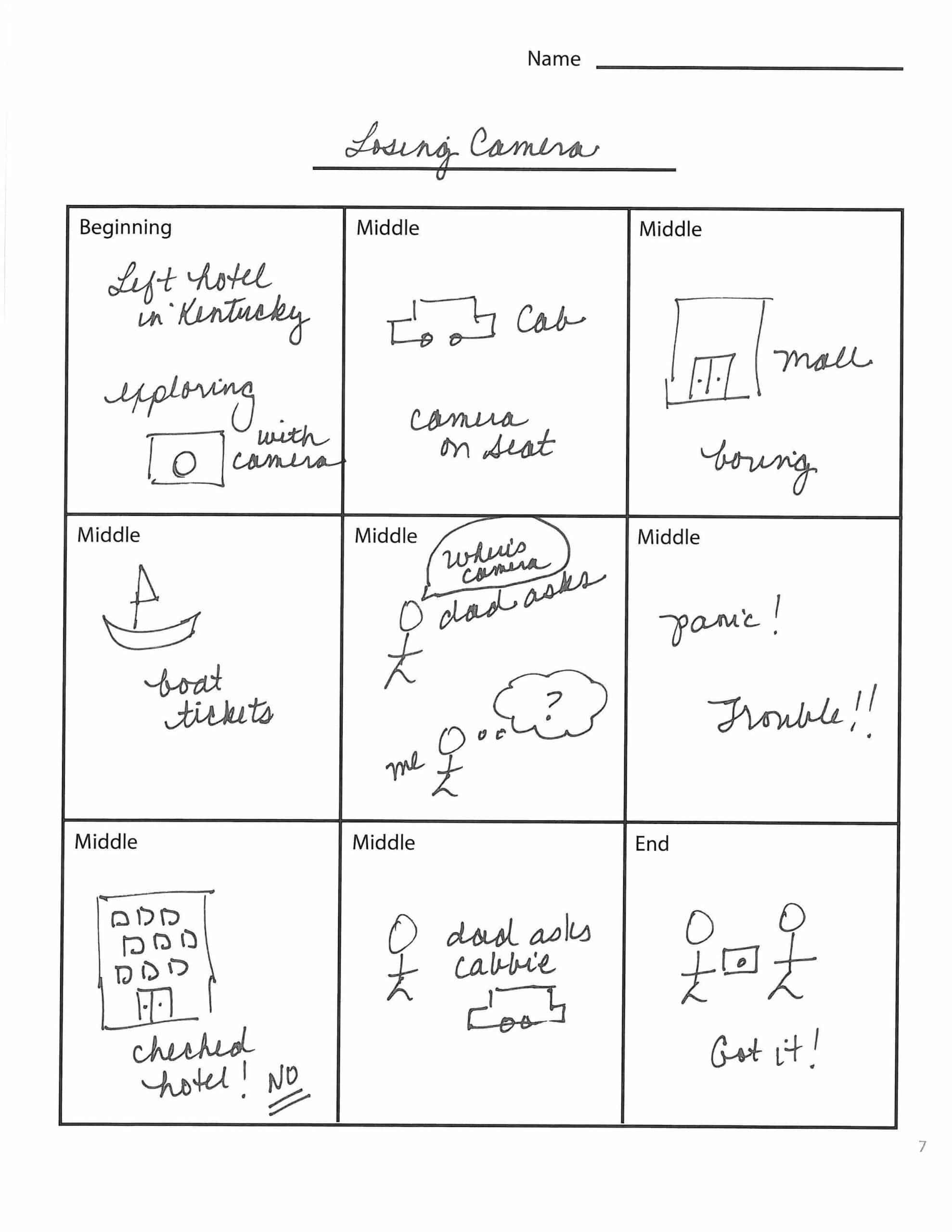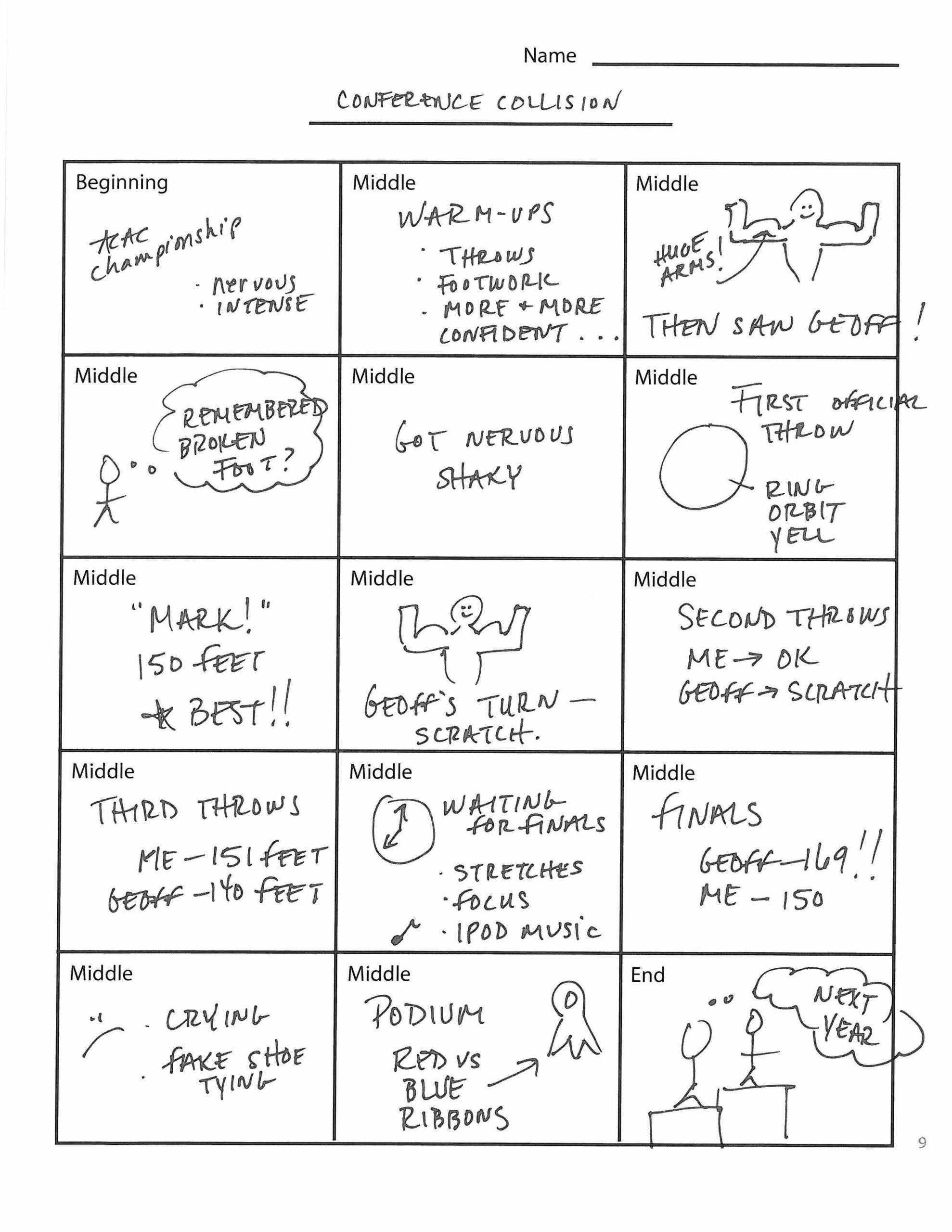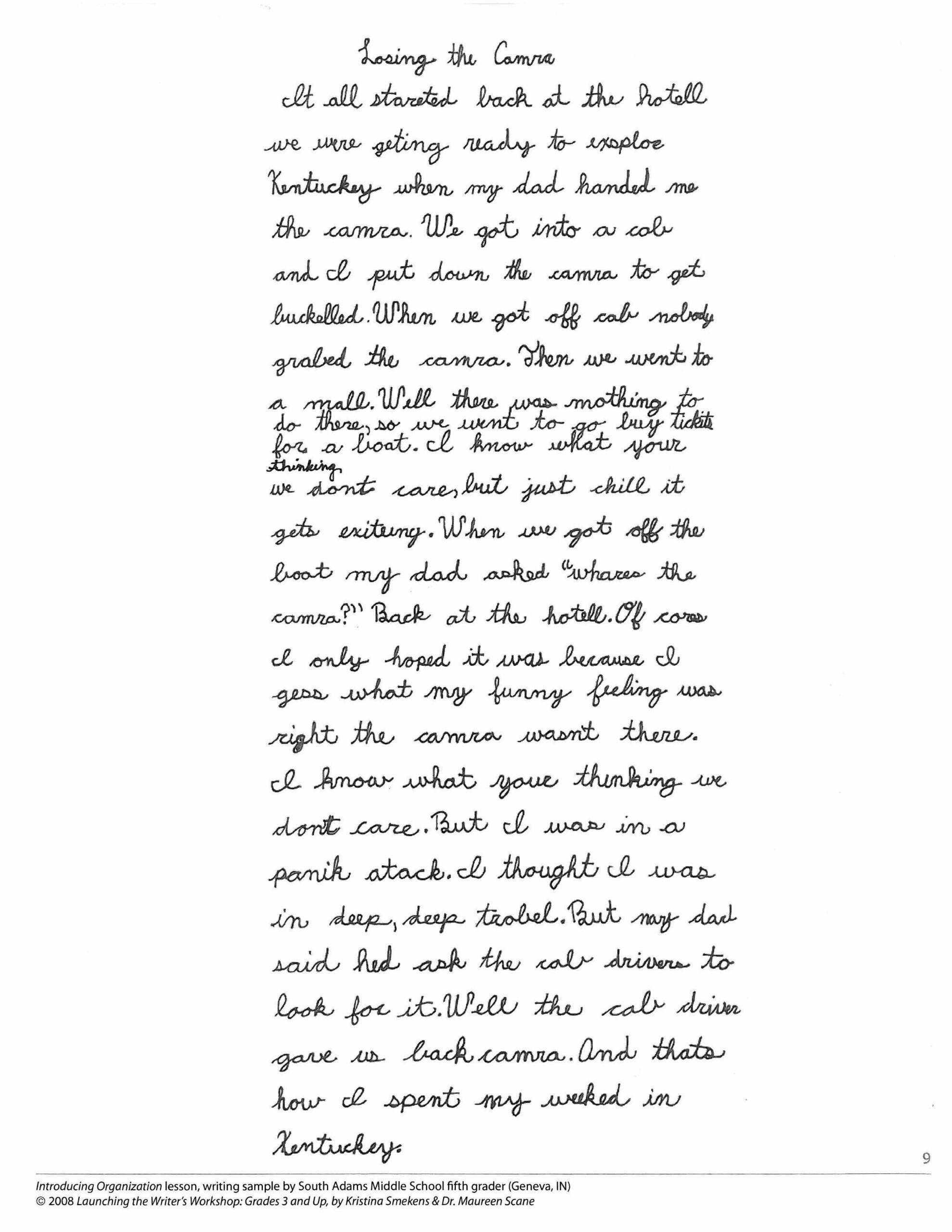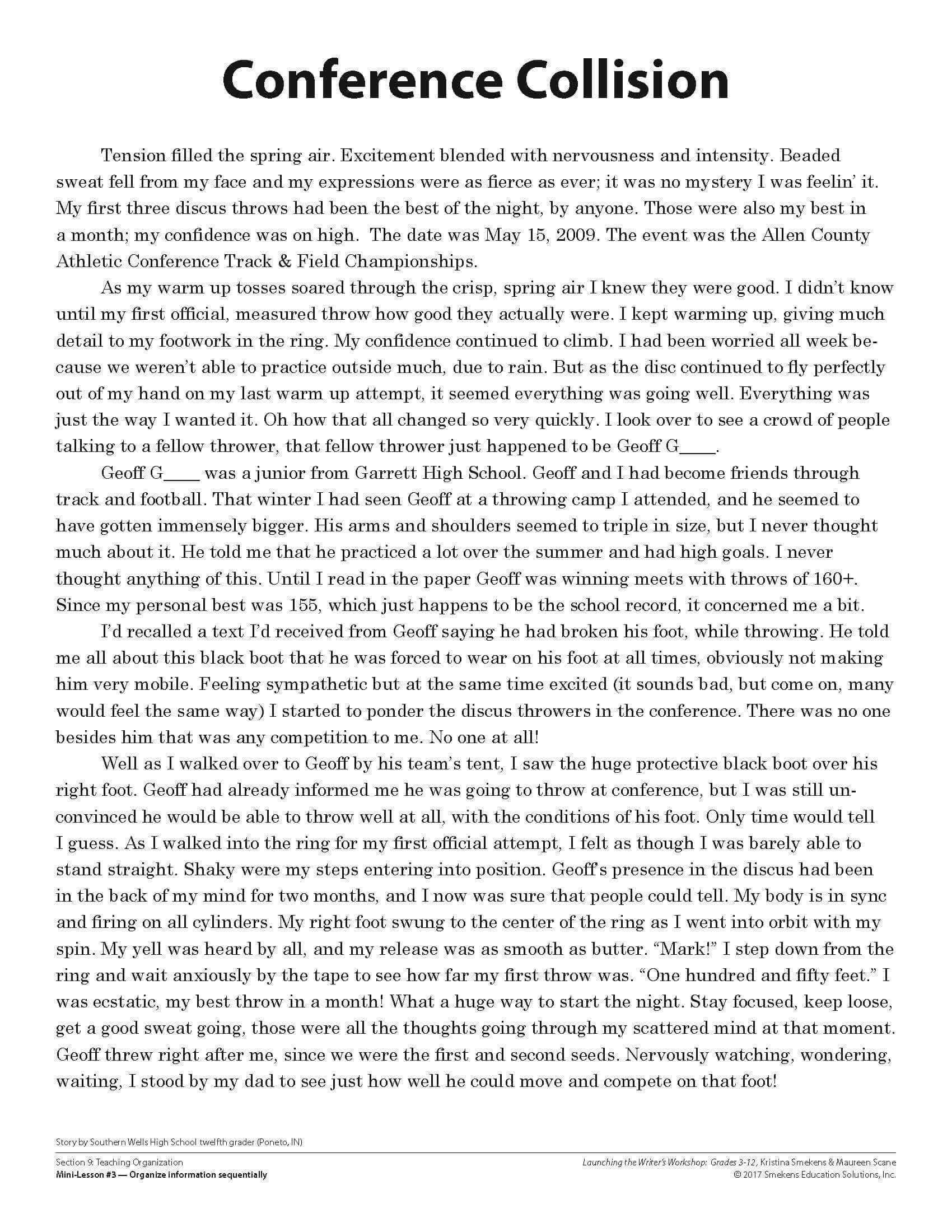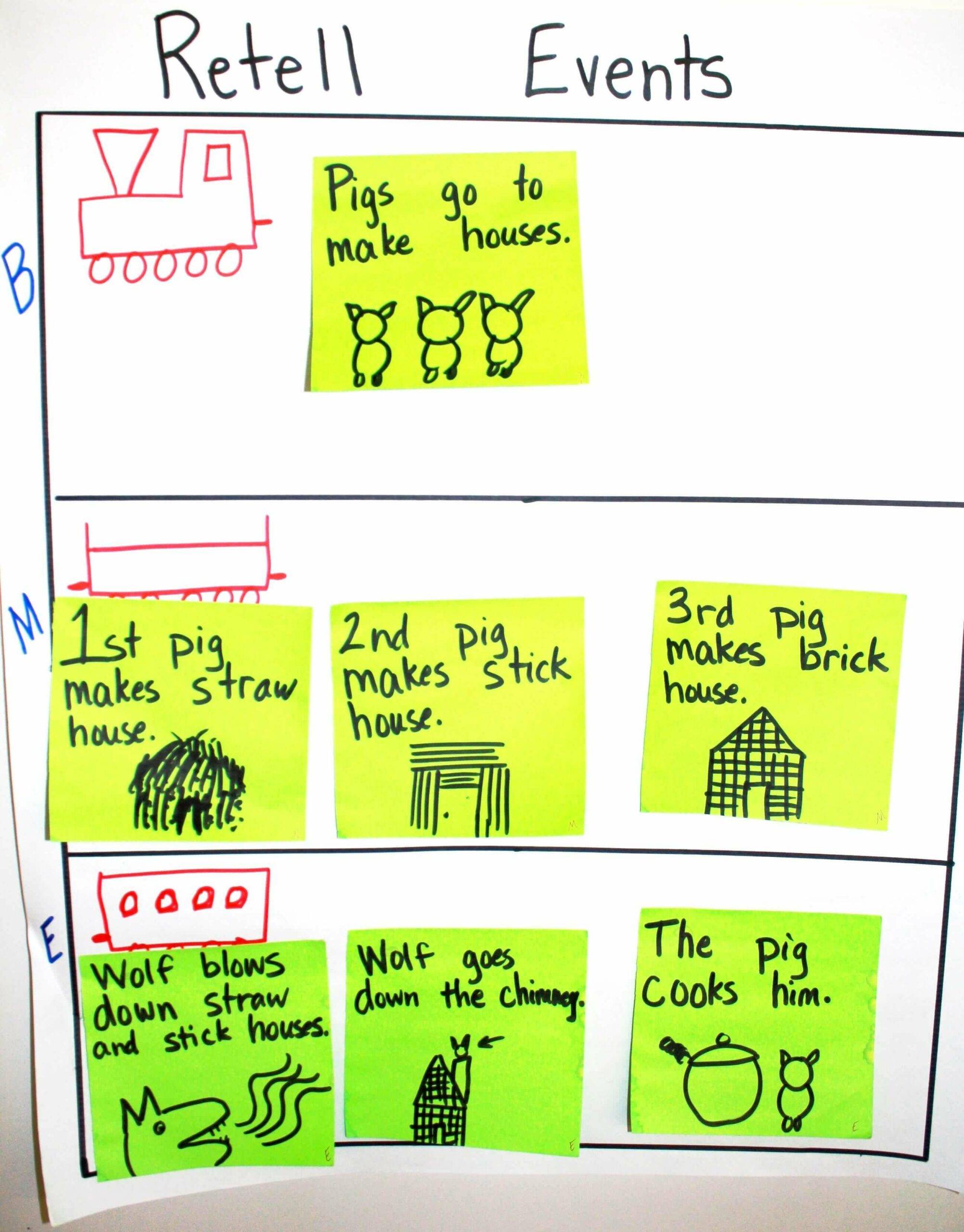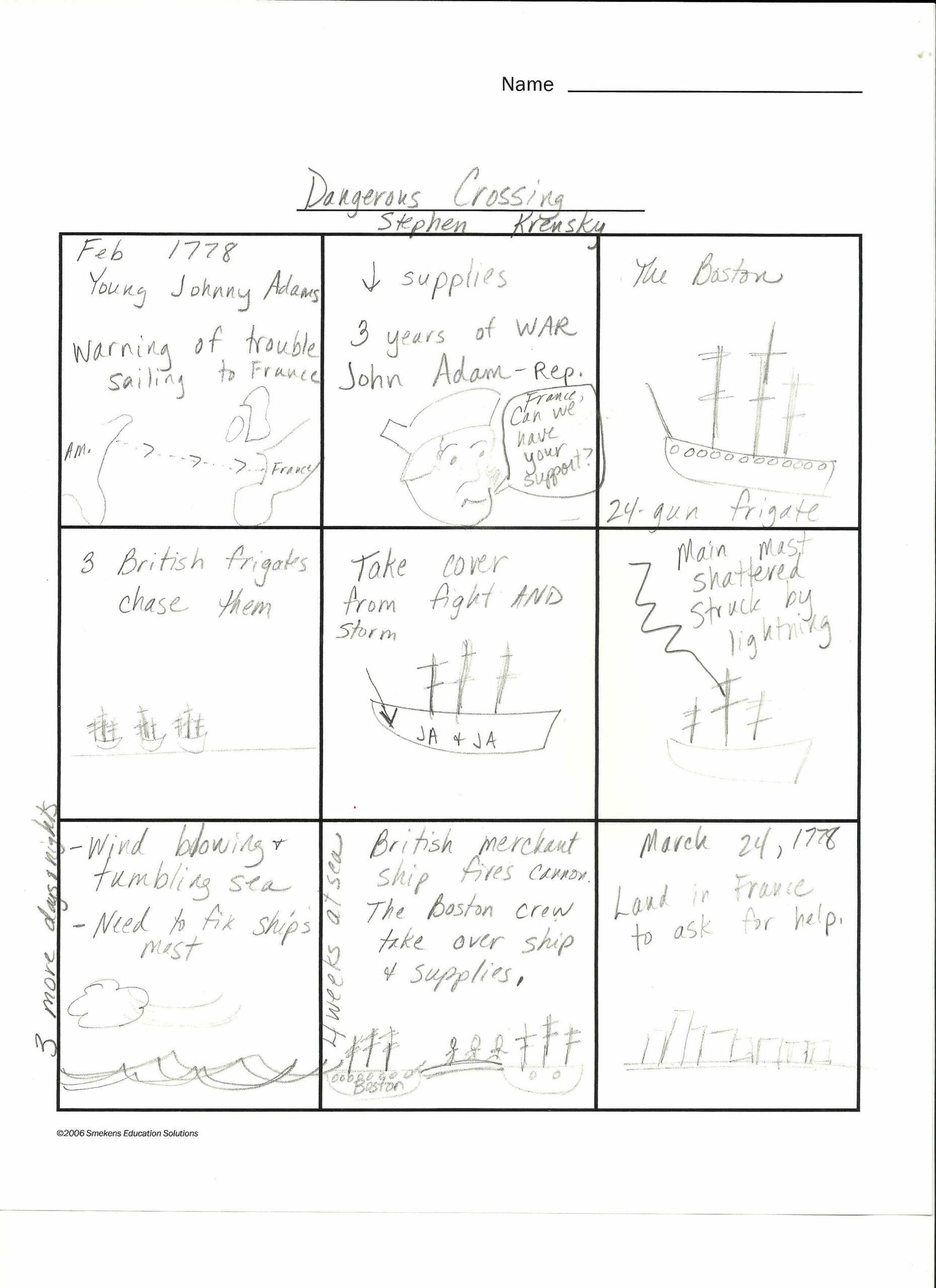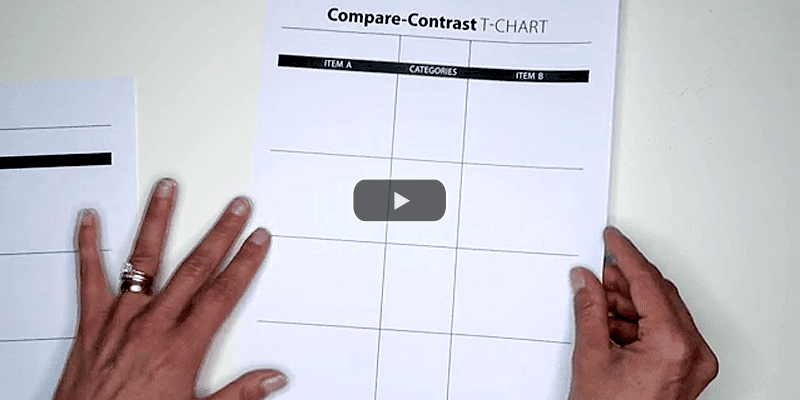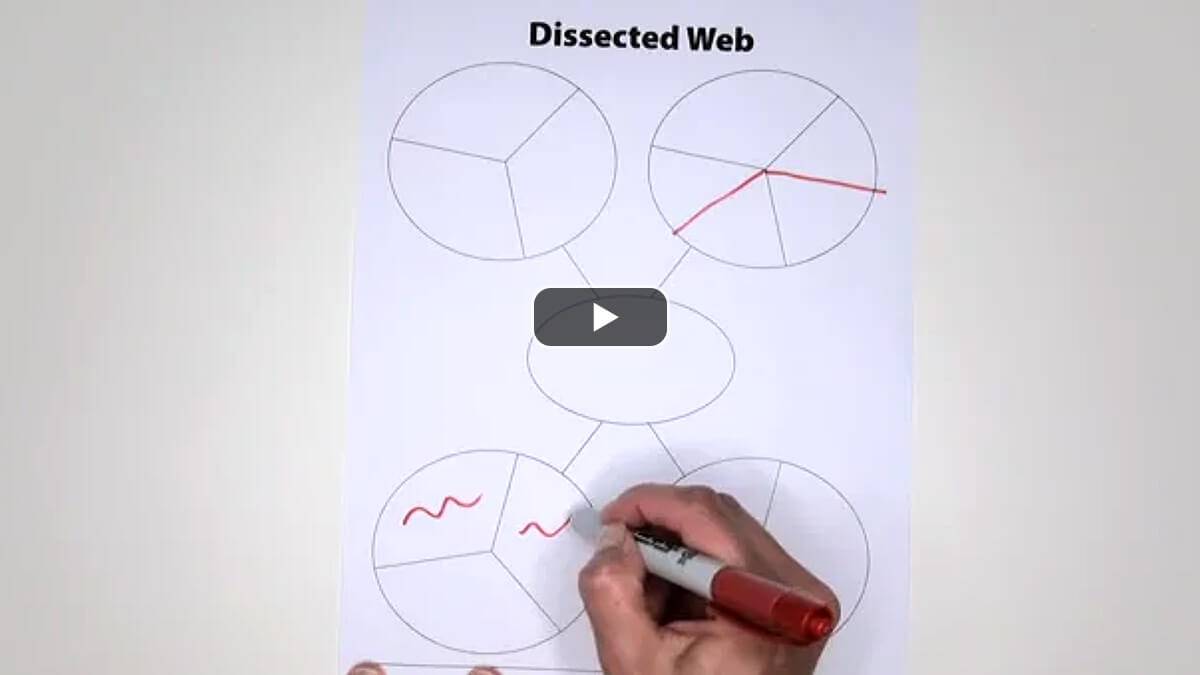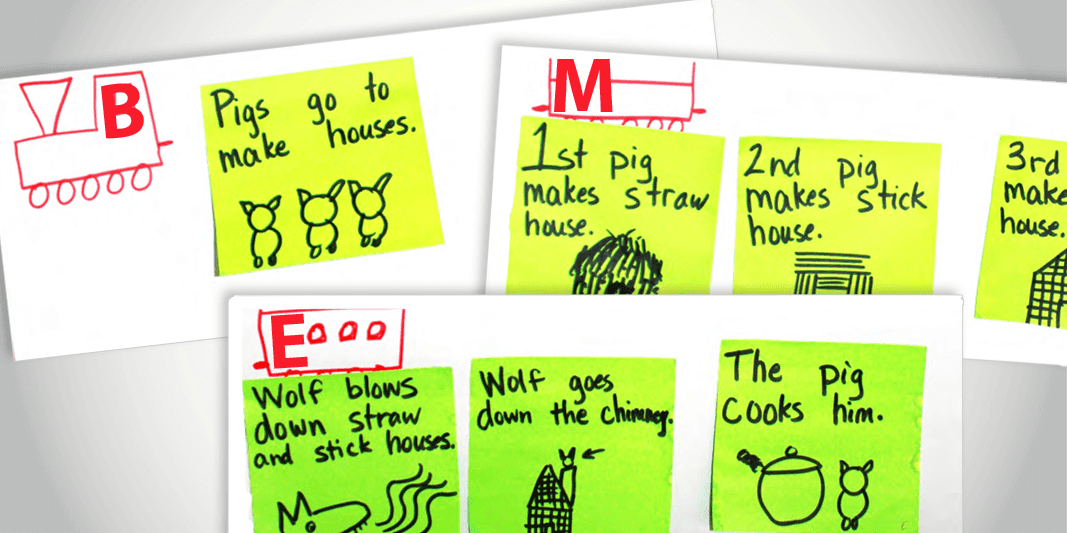Learning Center
writing
Adapt the Storyboard to fit all chronological texts
september 24, 2018
When engaged in a narrative writing unit, the basic storyboard is a universal pre-writing tool. It accounts for beginning, middle, and end and goes in a chronological order, making it adaptable for multiple uses in writing and reading.
This graphic organizer is appropriate for primary but is flexible and adaptable for all grade levels. As students advance in their writing, the body, or middle, needs to be much longer.
- Transition from the 3-box Storyboard to the 5-box version, with three middle boxes.
- Keep expanding the storyboard, creating the 9-box option with a beginning that leads to a problem, rising action, climax, and a solution.
- Increase the number of boxes to 12, 15, or 18.
- If more boxes are needed, copy boxes on both sides of the paper to expand it even further.
With continued exposure to the Storyboard graphic organizer, students begin to master it. Therefore, utilize it not only as a pre-writing tool, but also as a note-taking strategy in reading. The key element of the storyboard is that it honors chronological text structure. Obviously, that makes it applicable for all narrative/literature, as well as some informational reading and writing (e.g., historical events, biographies, procedural/how-to texts).
Applying the Storyboard concept to all chronological texts empowers students to adjust the same tool from kindergarten through high school, in ELA and all content areas. It’s through this kind of repetition and practice students come to master the graphic organizer.

